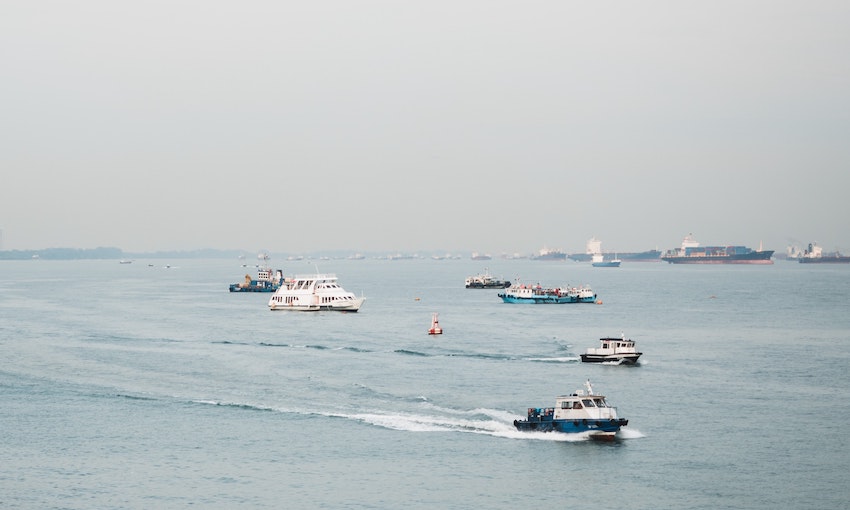PIRACY incidents have reached record lows globally, but emerging piracy hotspots are reinforcing the ongoing threat to seafarers, according to Nautilus International.
Saffiyah Khalique, a writer for Nautilus International, said piracy still has mental and physical impacts for seafarers in high-risk areas, as well as economic impacts for coastal states and shipping companies.
Drawing on data from the International Maritime Bureau, Ms Khalique said monthly incidents have dropped over the past year.
The reduced incidents have been attributed to anti-piracy initiatives, the efforts of shipping organisations, and engagement from international navies.
“Thanks to these efforts, there is a cause for cautious celebration with reported piracy and armed robbery incidents hitting the lowest figures since 1994,” Ms Khalique said.
Progress has been reported off the coast of Somalia, in the Gulf of Aden, and in the Gulf of Guinea.
Despite the improvements, Somali pirates are still capable of carrying out attacks, and the Gulf of Guinea remains a high-risk area for seafarers.
Ms Khalique noted the Gulf of Guinea continues to account for all kidnapping incidents globally, the IMB describing the pirates operating in the region as well-armed, violent, and with a history of attacking crews far from the coast.
According to the IMB, Southeast Asia now has the highest rates of piracy and armed robbery, with 35 attacks reported in the Singapore Straits in 2021, compared with 23 in the previous year.
Ms Khalique said a general warning issued in December 2019 concerning the Singapore Straits remains valid in 2022.
“The IMB notes that many of the attacks in this area occur during the night,” she said.
“They are also on the increase, with the attacks apparently carried out by one or more groups targeting passing ships, including tugs or barges, to rob them.”
According to Ms Khalique, a December 2021 report from maritime security research organisation Stable Seas found there is an economic cost to piracy.
“It found that direct monetary costs of piracy are low in comparison to the high cost of anti-piracy initiatives, increased security measures, indirect financial losses and the psychological toll suffered by seafarers,” she said.
The report includes a survey of more than 120 ship operators and security officers to understand how increased piracy threats affect the business decisions of companies working in the Gulf of Guinea.
More than half the respondents said piracy and armed robbery had caused them to decrease the scale of their activities.
More than a third of respondents not operating in the region indicated they would do so if piracy was reduced.
“Stable Seas notes that whilst these findings cannot be monetised, they do indicate that a sustainable solution to piracy would bring increased shipping volume and the associated economic benefits to coastal states relying on imports,” Ms Khalique said.
“The findings also indicate that seafarers themselves are aware of the risks posed by piracy and are also aware that they are entitled to specific protections under international law.”
The survey indicated more than half the respondents were paying increased labour costs for shipping in the region.
It found the high-risk and extended-risk areas of the Gulf of Guinea which formalise seafarer rights are having an increasingly significant impact on shippers attempting to operate there.

